Key Takeaways
Quick Answer: Yes, chocolate can go bad, though not in the way that perishable foods like meat or fruit do. While it won't grow mold or bacteria, it can degrade in quality, losing its flavor, aroma, and desirable texture over time due to factors like heat, moisture, and age. This degradation is why chocolate has a "best by" date, indicating when its peak quality is expected to pass, not when it becomes unsafe to eat
- Shelf life varies: chocolate lasts 2-3 years, depends on the chocolate types
- Expiration dates: More about quality than safety - chocolate is often safe beyond these dates
- Storage matters: Cool, dry, dark conditions extend chocolate life significantly
- Visual signs: White bloom indicates age but doesn't mean chocolate is unsafe
- Safety: Properly stored chocolate rarely becomes dangerous to consume
- Quality preservation: Proper storage maintains flavor and texture longer
Discover premium fine chocolate collections crafted for optimal flavor and extended shelf life through expert processing and quality ingredients.
Understanding Chocolate Expiration
Unlike perishable foods such as dairy or meat, chocolate has natural preservation properties that make it incredibly shelf-stable. However, understanding how chocolate ages, what affects its longevity, and how to store it properly can help you enjoy your favorite treats at their peak quality for months or even years.
If you are still wondering how long is chocolate good for, then the answer is that Chocolate's shelf life varies depending on the type and storage conditions:
The lifespan of chocolate varies significantly based on its composition and storage conditions. Here's what you can expect:
| Chocolate Type | Average Shelf Life | Key Factors Affecting Longevity |
|---|---|---|
| Dark Chocolate | 2-3 years | High cocoa content, low moisture |
| Milk Chocolate | 1-2 years | Added dairy reduces shelf life |
| White Chocolate | 8-12 months | Highest dairy content, no cocoa solids |
| Filled Chocolates | 3-6 months | Cream, nuts, fruit fillings spoil quickly |
| Chocolate Chips | 2-3 years | Low moisture, stable ingredients |
The higher the cocoa content and the fewer perishable ingredients, the longer chocolate will maintain its quality.
The key factors affecting shelf life are cocoa content and milk solids - higher cocoa content generally means longer shelf life, while more milk ingredients reduce it.
Chocolate rarely "spoils" in a harmful way, but its quality degrades over time. Signs of aging include:
- White bloom (fat or sugar crystals migrating to the surface)
- Loss of flavor intensity
- Changes in texture
So for on Average it will take minimum 1 year to 2 years for chocolate to expire
For optimal quality, store chocolate in a cool, dry place (60-70°F) away from light and strong odors. Properly stored chocolate often remains safe to eat well past its "best by" date, though the taste and texture may not be at their peak.
What Makes Chocolate Last So Long?
Chocolate's impressive shelf life comes from several natural preservation factors:
Low moisture content prevents bacterial growth that causes most food spoilage. Quality chocolate typically contains less than 1% moisture, creating an environment where harmful microorganisms cannot thrive.
Natural antioxidants in cocoa help prevent rancidity. These compounds, including flavonoids and phenolic acids, protect the fats in chocolate from oxidation that would otherwise cause off-flavors and deterioration.
Sugar acts as a preservative by binding available moisture and creating an inhospitable environment for bacteria and mold. The crystalline structure of sugar in chocolate also contributes to its stability.
Cocoa butter's stability differs from other fats. While it can develop bloom over time, cocoa butter is less prone to rancidity compared to other vegetable oils, especially when stored properly.
Temperature fluctuations are chocolate's biggest enemy, so avoid storing it in places like refrigerators where condensation can form, unless you're dealing with very hot climates.
Professional chocolate makers design their products with storage stability in mind. Premium chocolates, such as those available in curated fine chocolate collections, often use higher-quality ingredients and processing methods that naturally extend shelf life while maintaining superior flavor profiles.
Is Expired Chocolate Safe to Eat?
For now after you have known that chocolate can expire after 1-2 years, you might be wondering: "Is Expired Chocolate Safe to Eat?" Then I can tell you, Yes expired chocolate is generally safe to eat. Chocolate rarely becomes harmful due to its low moisture content and natural preservatives.
Safe signs: White bloom, muted flavor, slightly changed texture
Avoid if: Moldy, rancid smell, or contains nuts/cream fillings
Chocolate can remain edible for months or years past expiration. The date indicates peak quality, not safety. Dark chocolate lasts longest, while milk and white chocolate expire sooner due to dairy content.
Trust your senses - if it looks, smells, and tastes normal, it's almost certainly fine to eat.
Recognizing Expired or Deteriorated Chocolate
When examining chocolate for freshness, start with a thorough visual inspection:
White or gray bloom appears as a chalky, whitish coating on chocolate's surface. This occurs when fat crystals migrate to the surface (fat bloom) or when sugar crystals form due to moisture exposure (sugar bloom). Important note: Bloom doesn't make chocolate unsafe to eat, though it may affect texture and appearance.
Actual mold presents as fuzzy patches in green, blue, black, or other colors. Unlike harmless bloom, mold indicates contamination and the chocolate should be discarded immediately. This is rare in pure chocolate but more common in filled varieties.
Pest damage shows as small holes, crumbs, or tiny tunnels. Insects like pantry moths or beetles can infest chocolate, especially in warm, humid conditions.
Above all, remember that most chocolate problems are about quality, not safety, so always trust your senses - if it looks normal, smells right, and tastes fine, you're good to go ahead and enjoy it.
What Does Expired Chocolate Look Like
What does expired chocolate look like can vary significantly depending on the type of degradation. Fat bloom appears as a whitish or grayish film that can be wiped away, while sugar bloom creates a rougher, more crystalline appearance that cannot be easily removed.
Sarah Mitchell, a pastry chef who works with chocolate daily, explains her approach to evaluating aged chocolate: "I always start with appearance, then smell, then a small taste. Real mold is obvious - it's fuzzy and usually colored. Bloom looks different - more like a coating or discoloration. When in doubt, I taste a tiny piece. If it tastes off or has an unpleasant texture, I don't use it, even if it's technically safe."
Best Way To Store Chocolate
Store chocolate in a cool, dry place at 60-70°F with consistent temperatures, such as a pantry or cupboard away from direct sunlight and strong odors. Keep it in its original wrapper and place in an airtight container to prevent moisture and odor absorption. Avoid temperature fluctuations, humid areas like kitchens near stoves, and refrigeration unless your room temperature consistently exceeds 75°F.
If you must refrigerate chocolate, wrap it tightly and allow it to come to room temperature before opening to prevent condensation from forming. With proper storage, chocolate can maintain its quality for years.
Professional Storage Solutions
David Kim, who operates a specialty chocolate shop, has developed storage systems that maintain chocolate quality for years: "We use temperature-controlled storage with consistent humidity. Each chocolate type gets wrapped individually, then stored in airtight containers with minimal air space. We track rotation to ensure older stock moves first, but properly stored chocolate maintains quality well beyond typical consumption timeframes."
Investment in Quality Storage
Professional-grade chocolates and specialty products require appropriate storage to maintain their characteristics. This includes both eating chocolates and functional products like professional melting chocolates used in culinary applications. The investment in quality products like those available through Zucchero Canada becomes more valuable when combined with proper storage techniques that preserve quality over time.
Ingredients That Shorten Shelf Life
Dairy products pose the biggest threat to chocolate longevity. Milk powder, cream, butter, and condensed milk introduce proteins and additional moisture that spoil relatively quickly. This explains why white chocolate, with its high milk content, has the shortest shelf life among chocolate types.
Nuts and nut butters contain oils that turn rancid over time. Almonds, hazelnuts, peanuts, and other nuts have natural oils that oxidize, creating off-flavors and potentially harmful compounds. Temperature fluctuations accelerate this process significantly.
Fresh fruit and fruit fillings introduce natural sugars, acids, and moisture that encourage fermentation and bacterial growth. Strawberry, raspberry, and orange-filled chocolates require careful storage and have much shorter safe consumption periods.
Cream-based fillings like ganache, buttercream, and truffle centers combine multiple perishable ingredients. These centers often contain dairy, eggs, and sometimes alcohol, creating complex environments where spoilage can occur rapidly.
What is Chocolate Bloom, Fat Bloom and Sugar Bloom
Fat bloom occurs when cocoa butter crystals migrate to chocolate's surface, creating a white or grayish coating. This process happens when chocolate experiences temperature fluctuations that cause fat crystals to melt and recrystallize in different forms.
The formation process begins when chocolate warms enough to destabilize its crystal structure. As it cools, the fats don't return to their original configuration, instead forming larger crystals that appear white on the surface.
Prevention strategies focus on maintaining consistent temperatures and avoiding rapid temperature changes. Gradual temperature transitions cause less crystal disruption than sudden shifts.
Sugar bloom develops when moisture contacts chocolate's surface, dissolving surface sugar crystals. When the moisture evaporates, it leaves behind recrystallized sugar that appears as a rough, white coating.
This type of bloom feels grittier than fat bloom and often indicates storage in humid conditions or exposure to condensation. Unlike fat bloom, sugar bloom can slightly affect chocolate's taste by concentrating sugar crystals on the surface.
Both types of bloom remain cosmetic issues rather than safety concerns. Bloomed chocolate is perfectly safe to eat, though the texture and appearance may be less appealing.
Conclusion: Maximizing Your Chocolate Investment
To answer your question about Does Chocolate Go Bad? I must say While chocolate rarely becomes unsafe to eat, proper storage techniques significantly extend its quality and enjoyment period.
The key factors determining chocolate longevity include cocoa content, added ingredients, and storage conditions. Dark chocolate with minimal additives offers the longest shelf life, while filled chocolates with dairy, nuts, or fruit require more careful handling and shorter consumption timeframes.
Canadian chocolate lovers face unique storage challenges due to seasonal temperature and humidity variations. Maintaining consistent, cool storage conditions between 60-70°F in dry locations provides optimal results for preserving chocolate quality.
Remember that chocolate's "expiration date" typically indicates peak quality rather than safety concerns. Trust your senses when evaluating questionable chocolate - if it looks, smells, and tastes normal, it's almost certainly fine to enjoy.
For the freshest, highest-quality chocolate experience, consider exploring premium options from Zucchero Canada, where proper handling and storage begin from the moment chocolate leaves the manufacturer.

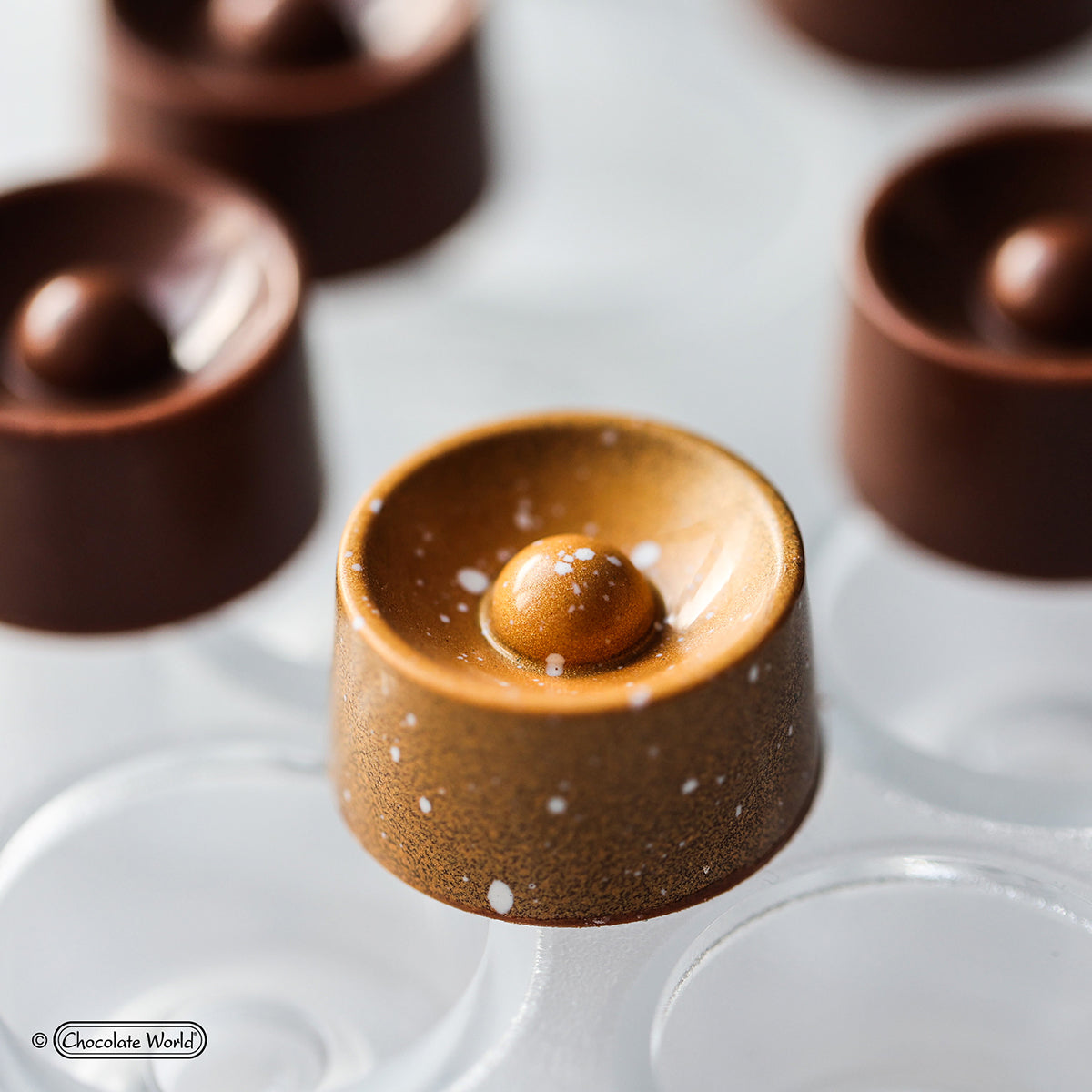
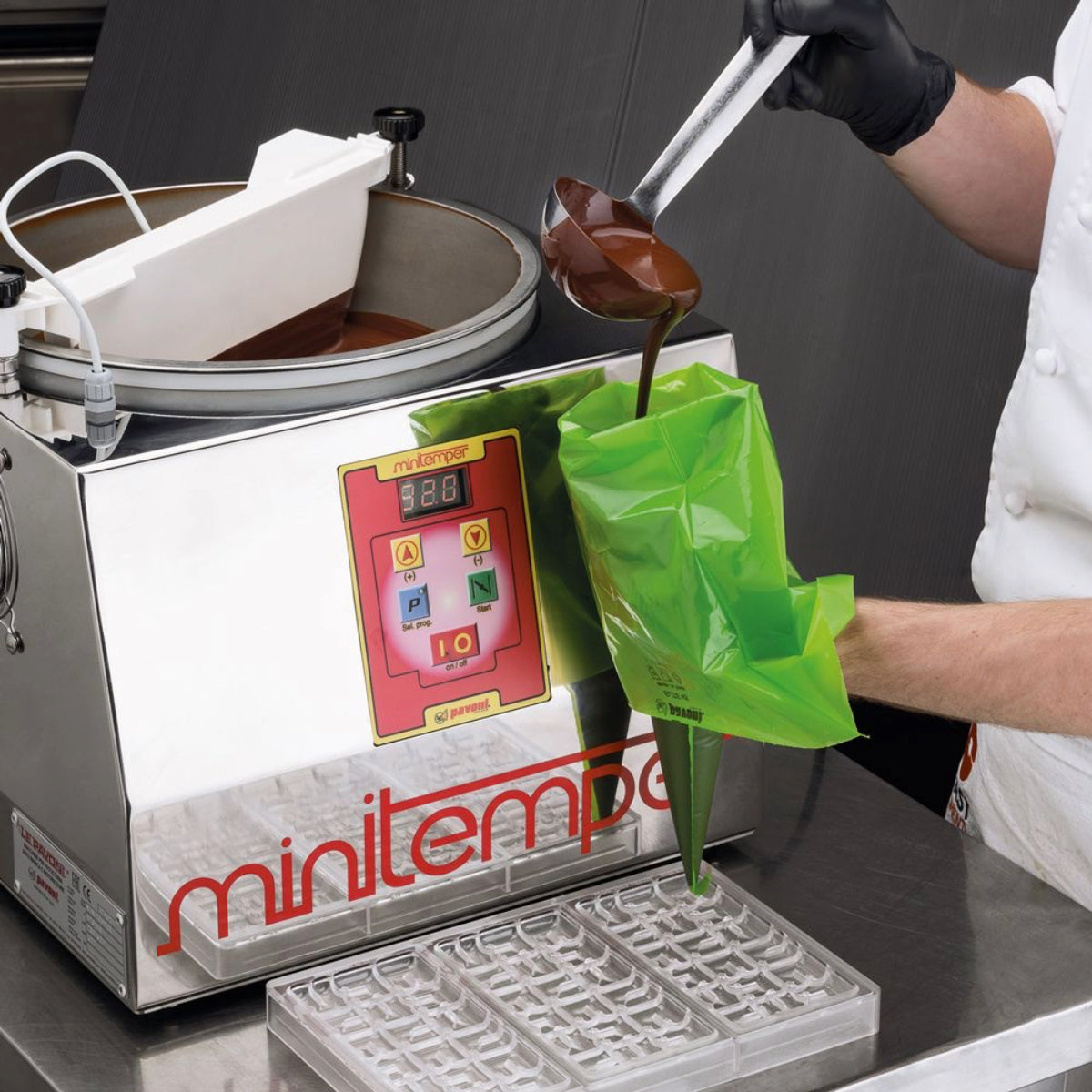

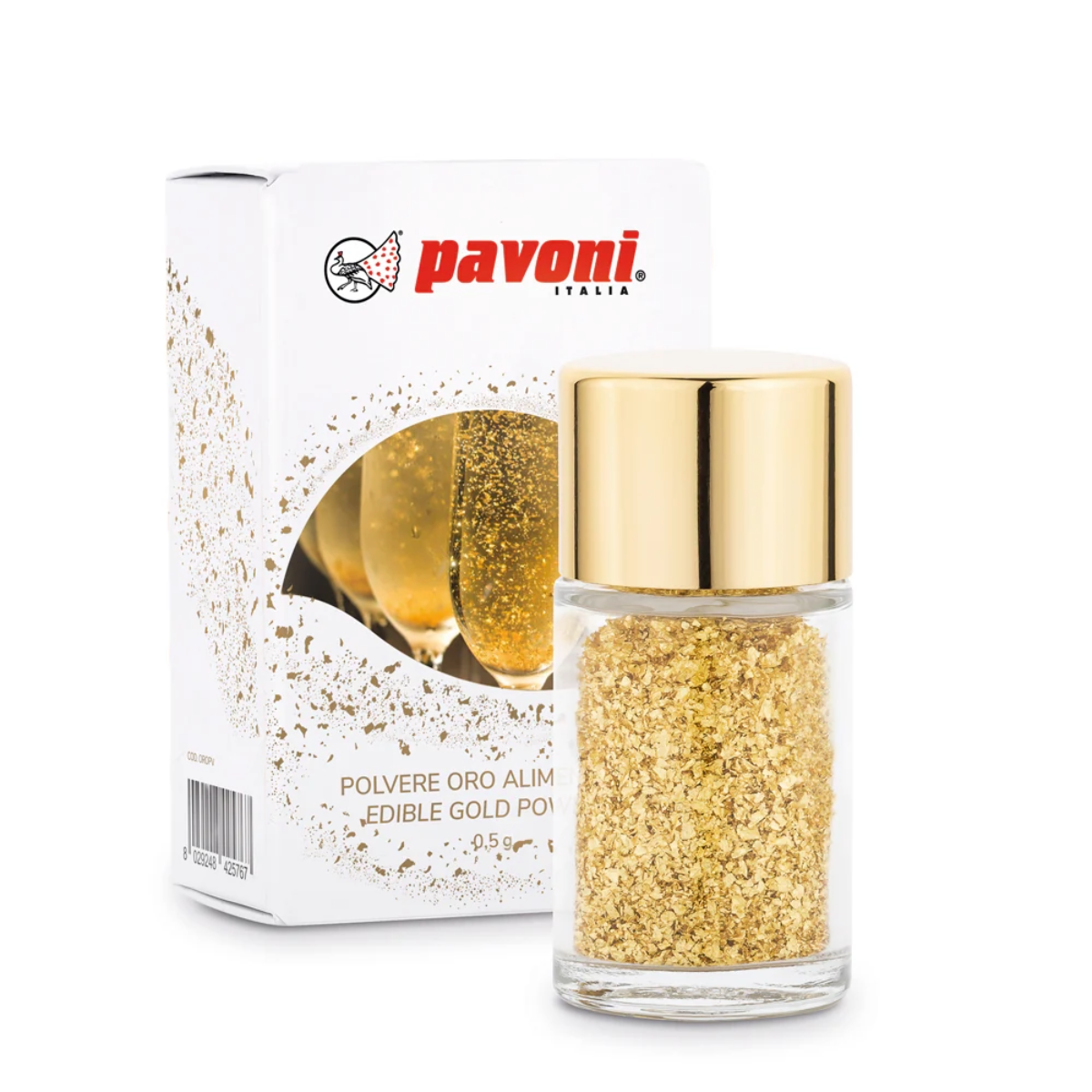
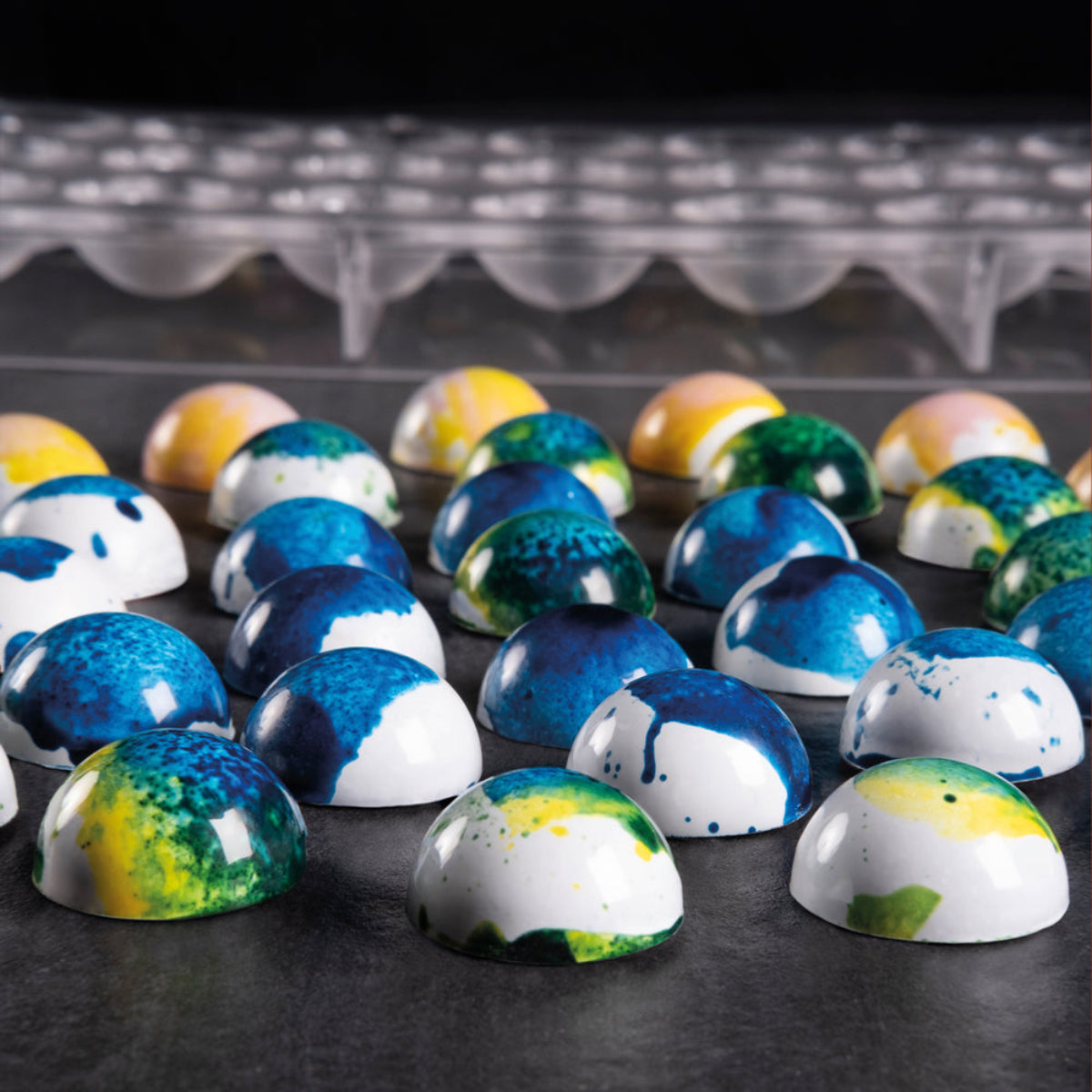



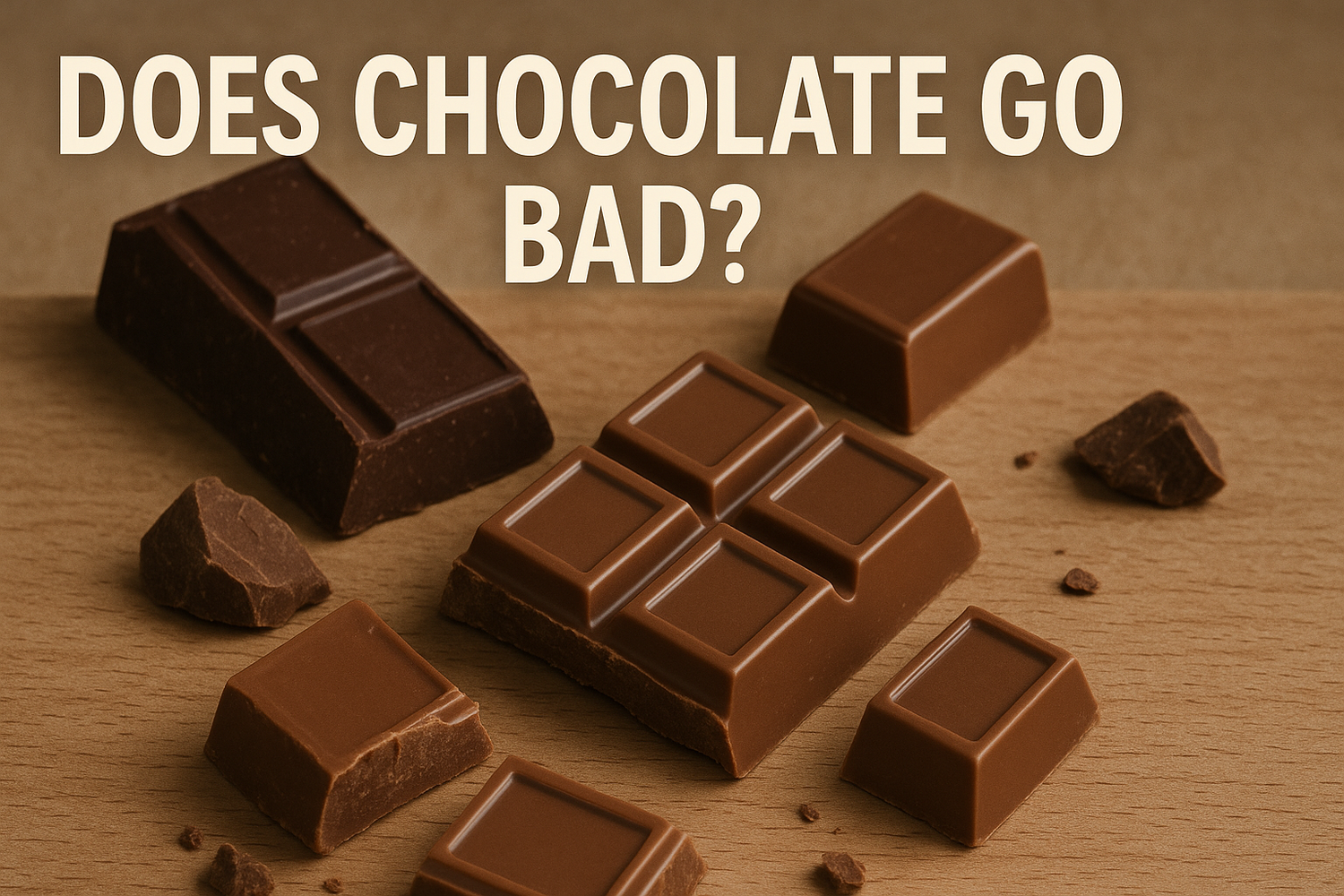
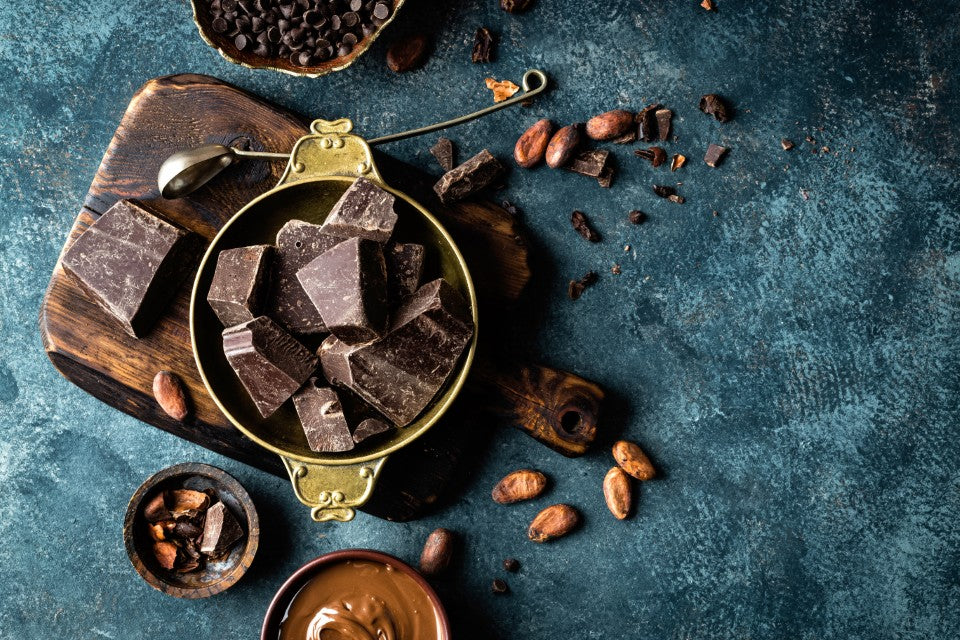
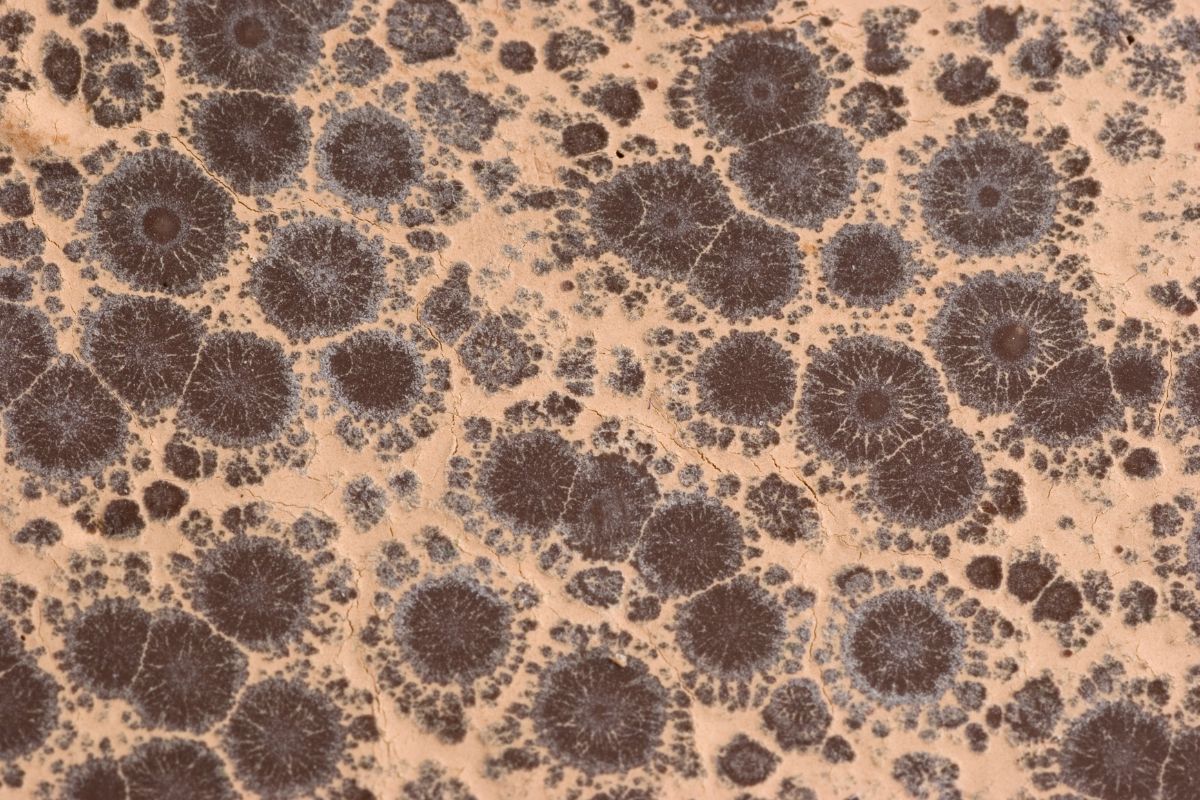


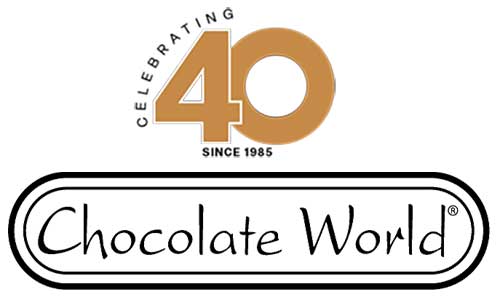

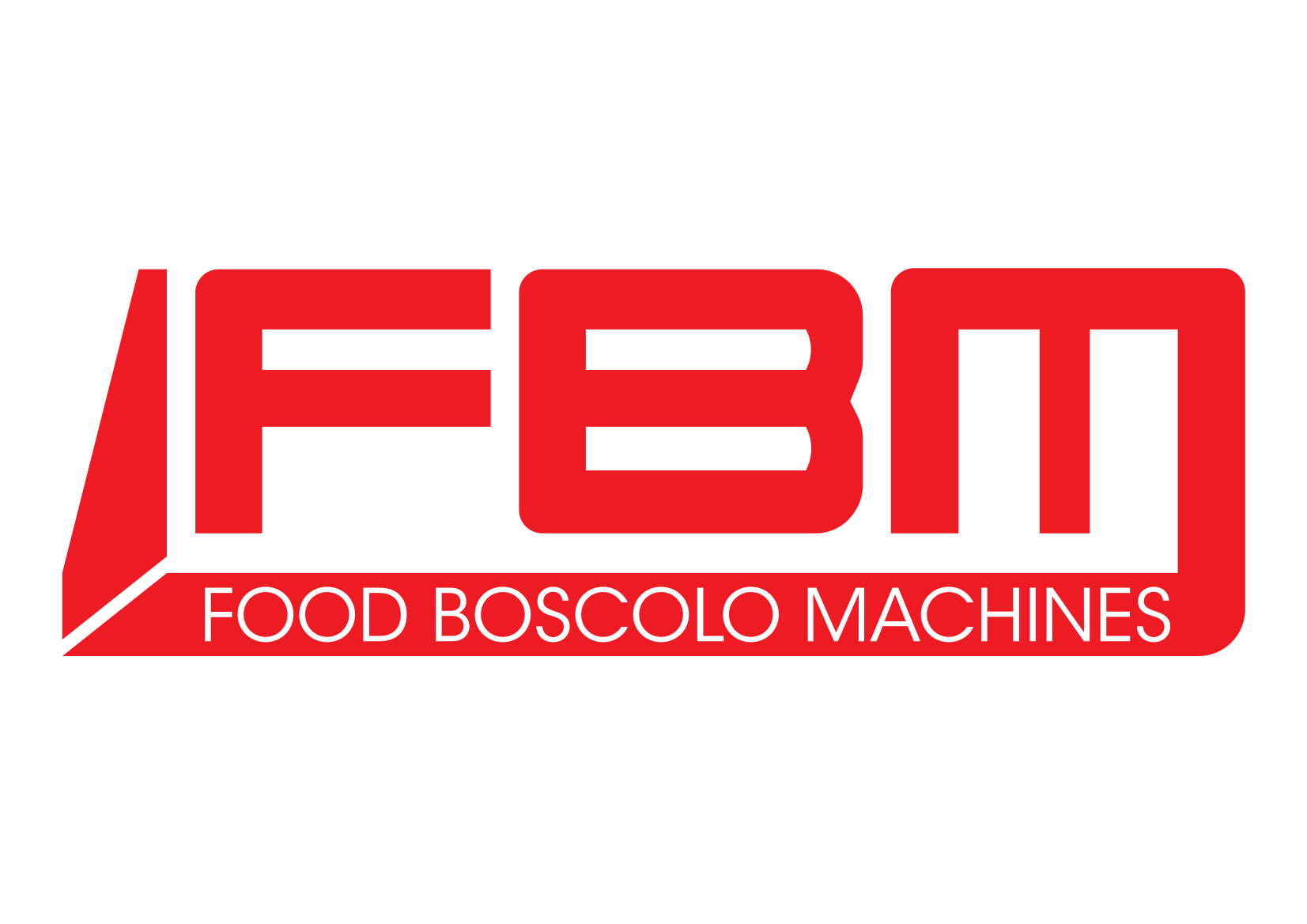
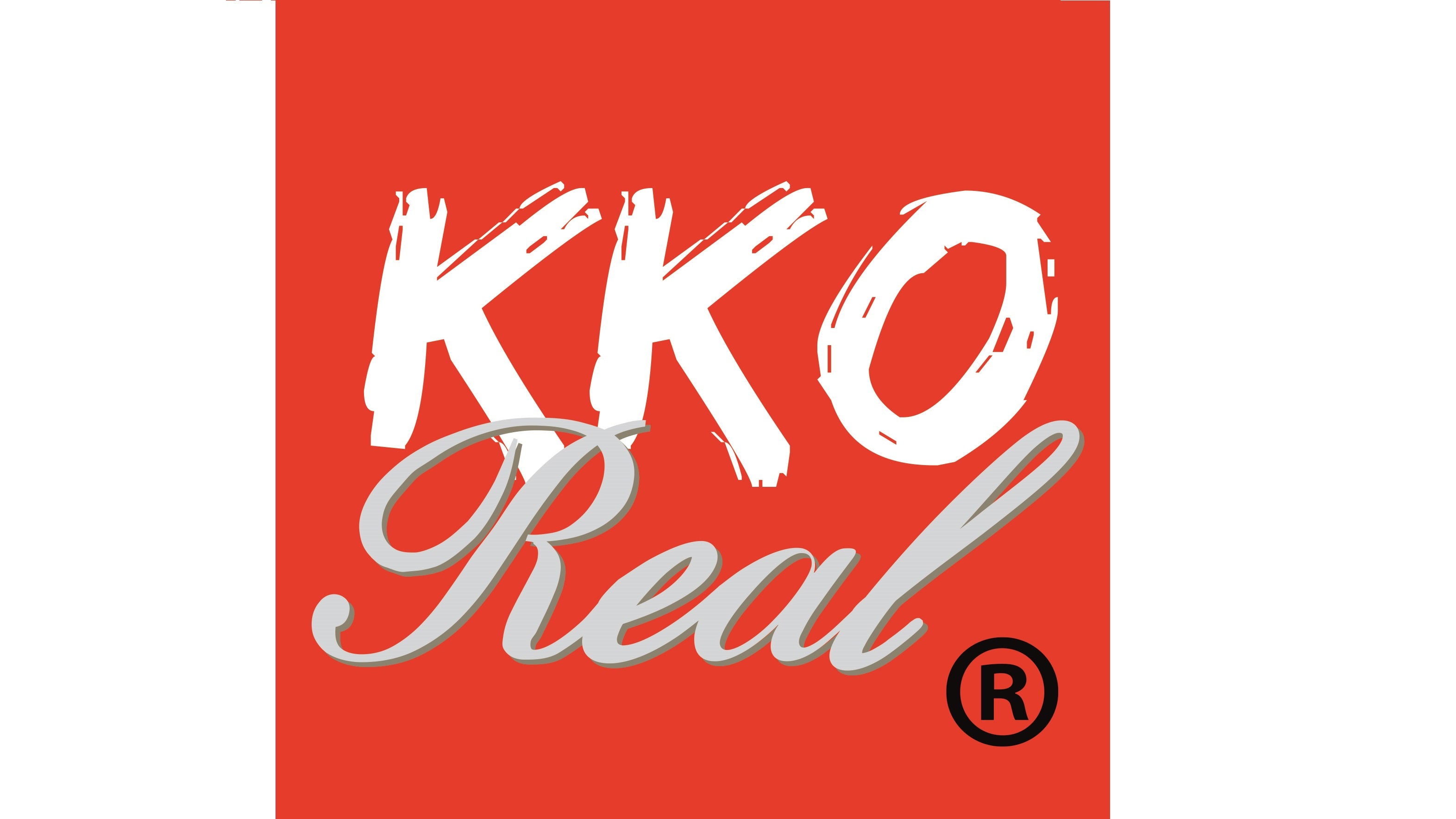


















Dejar un comentario
Todos los comentarios se revisan antes de su publicación.
Este sitio está protegido por hCaptcha y se aplican la Política de privacidad de hCaptcha y los Términos del servicio.